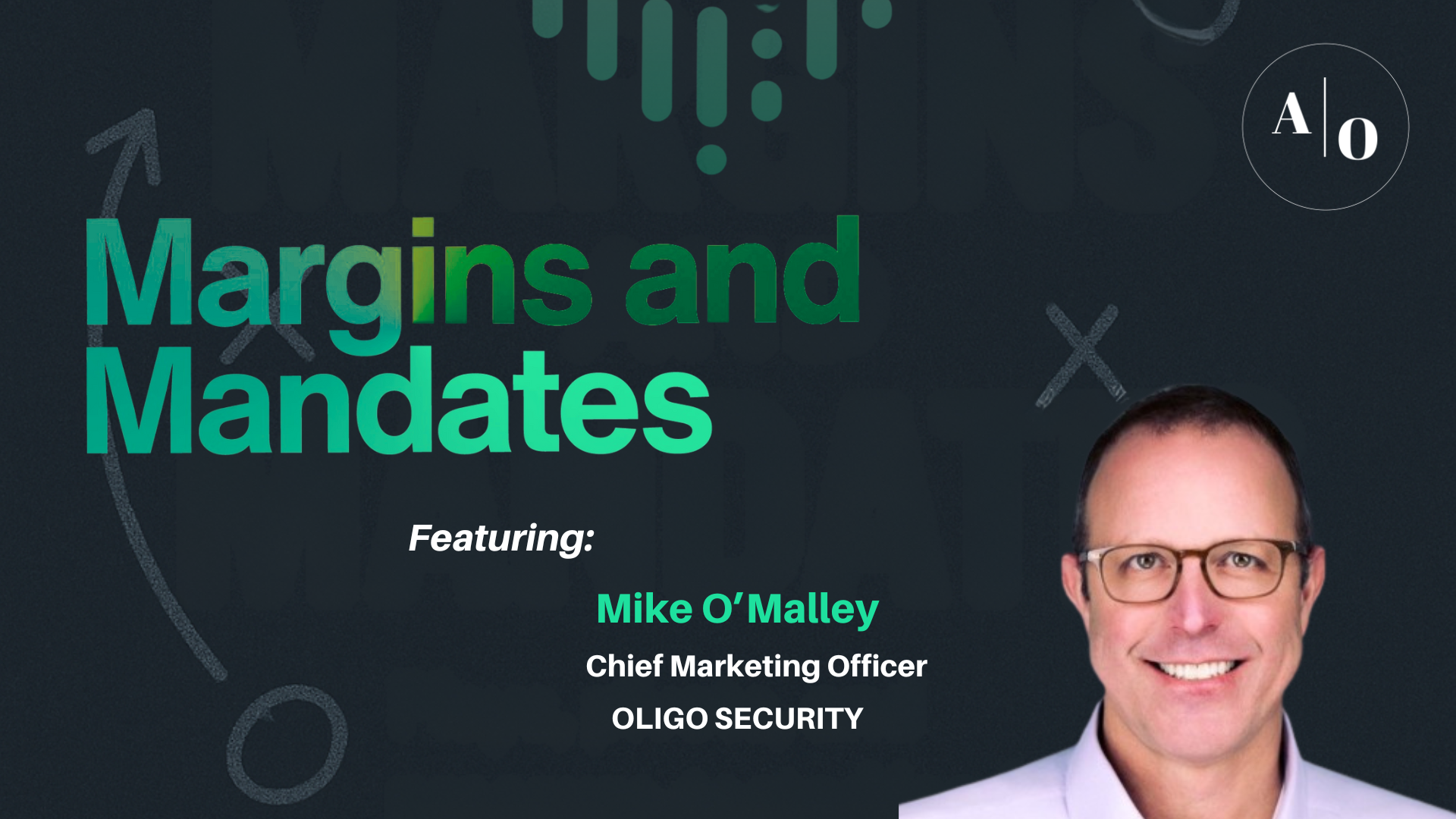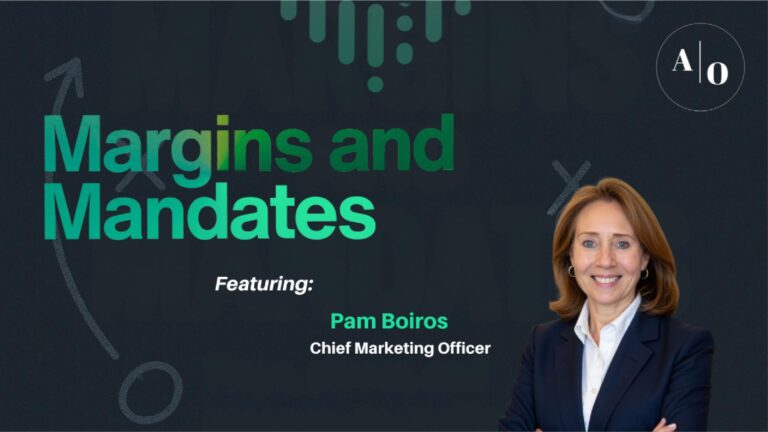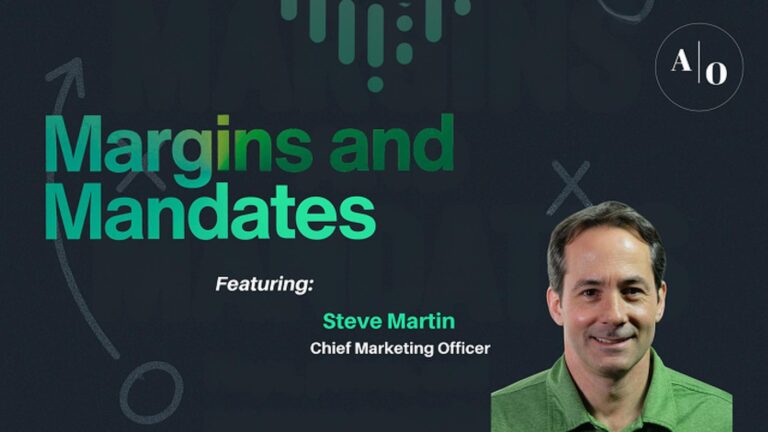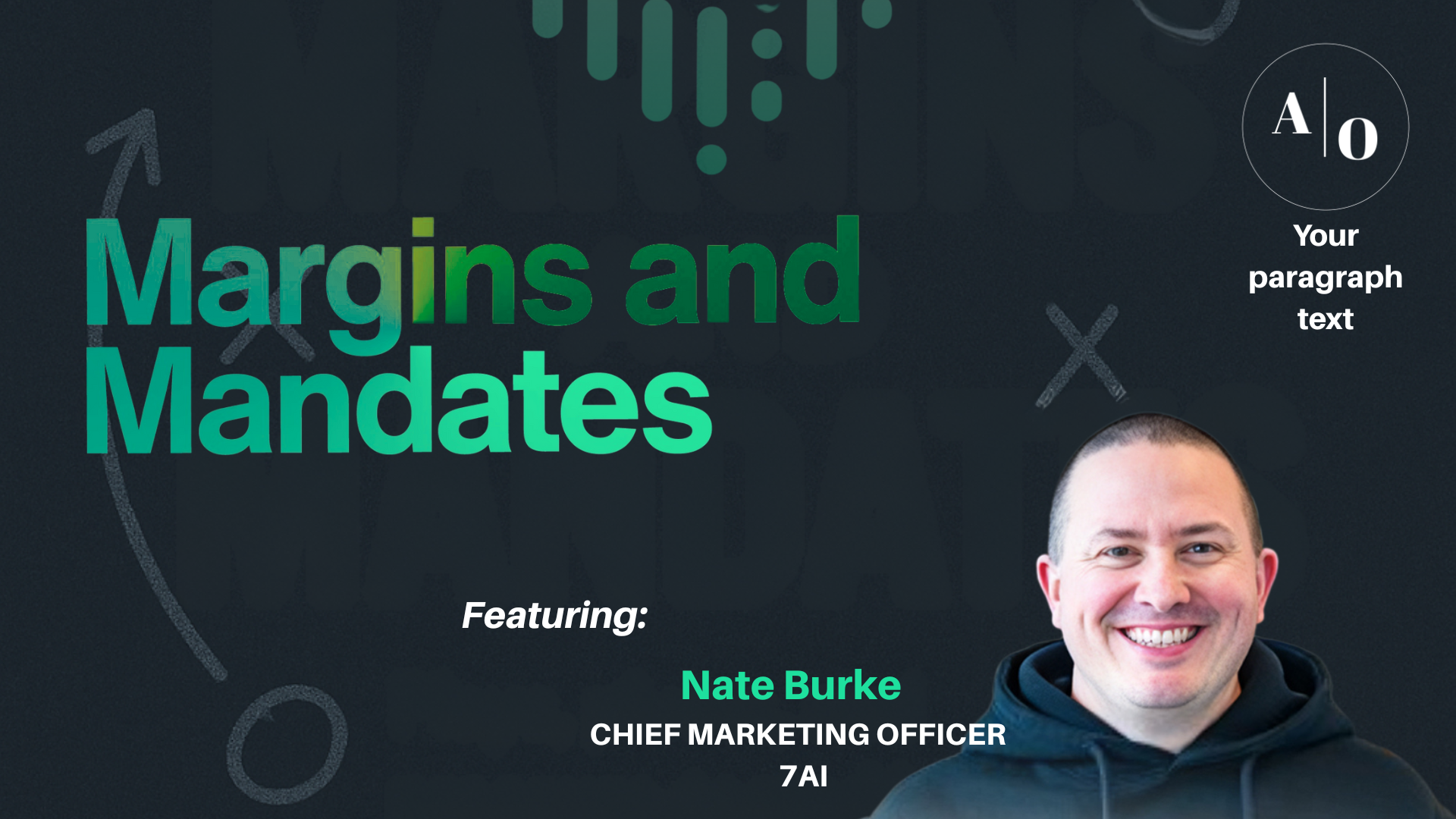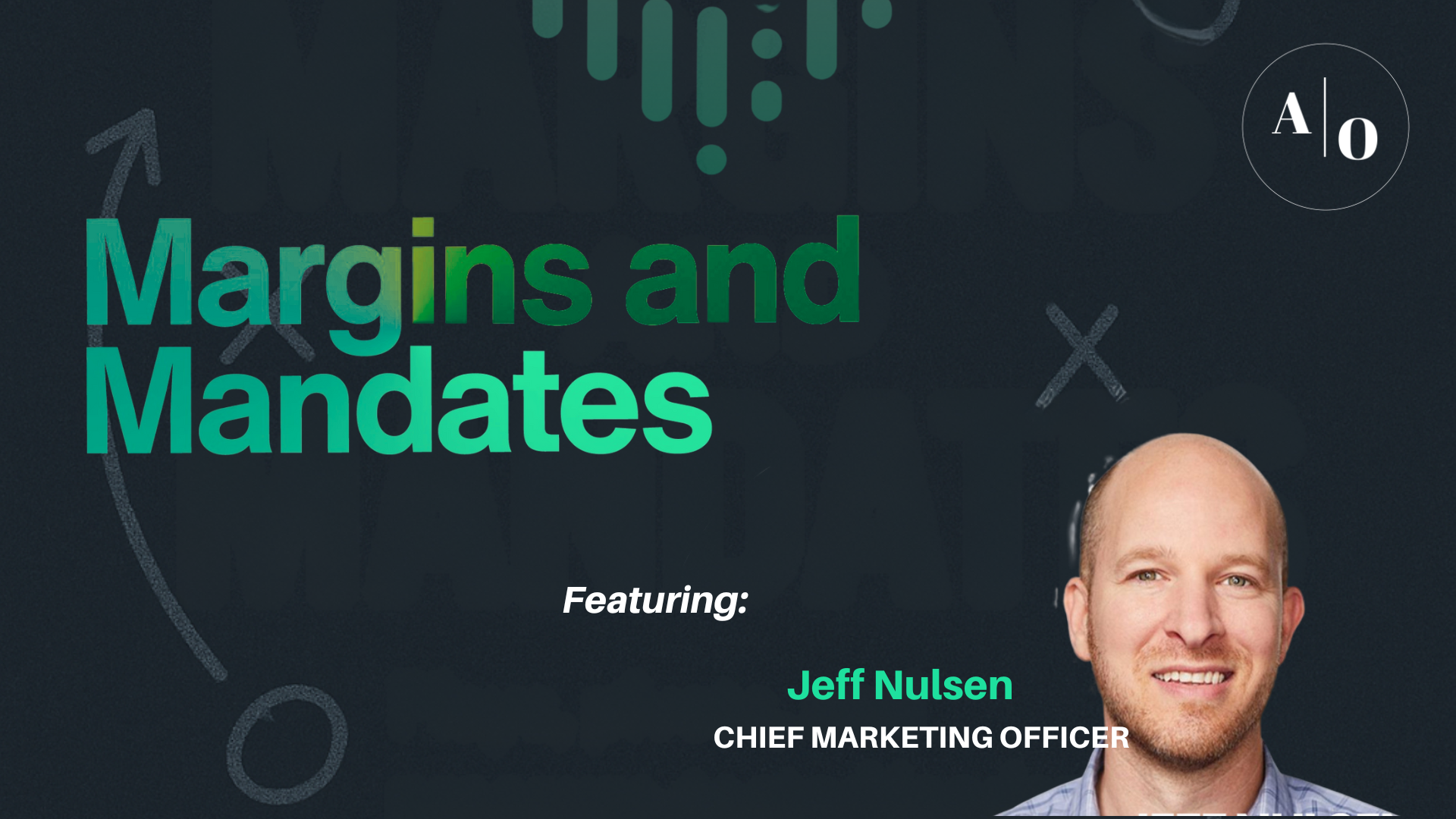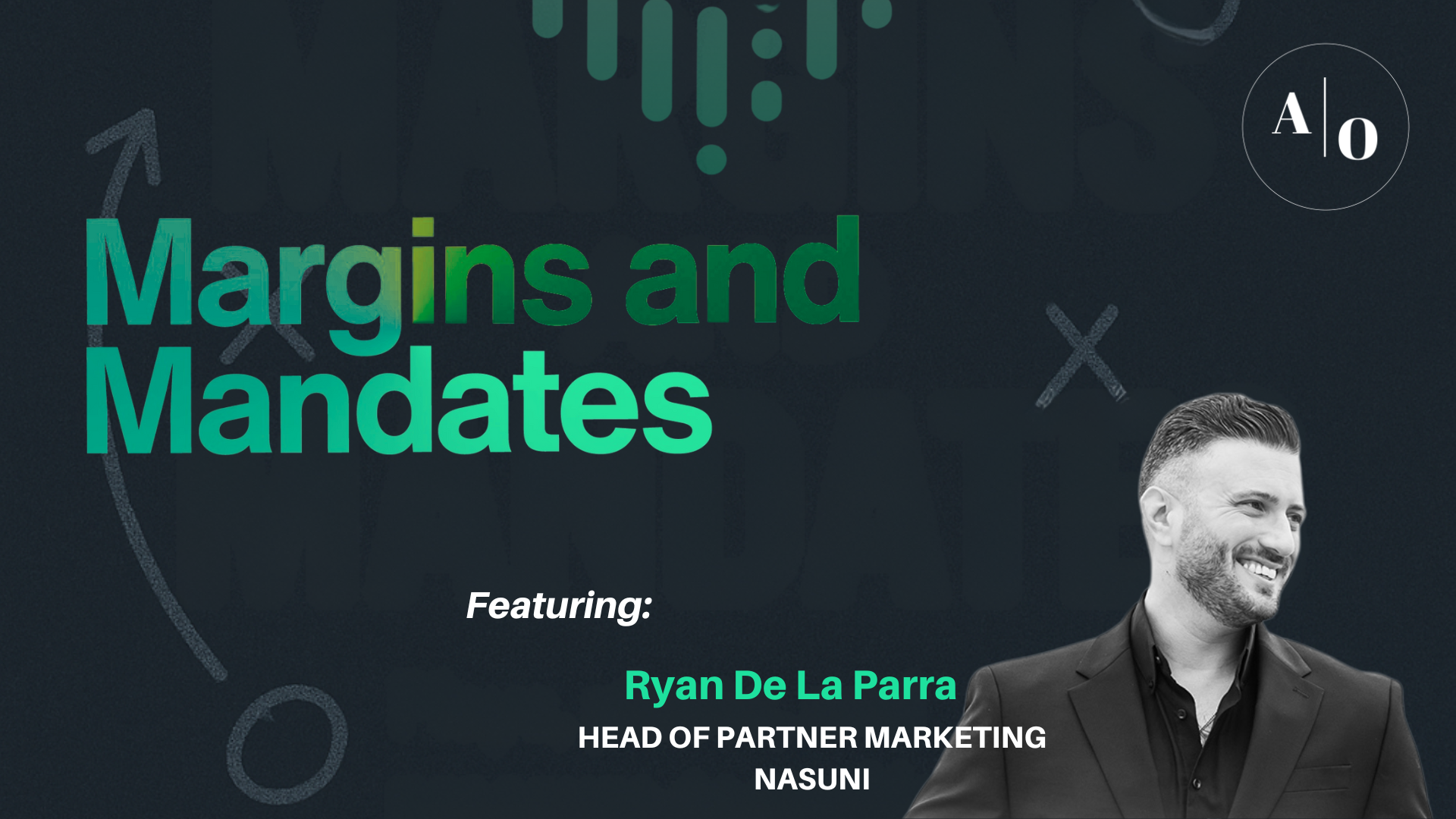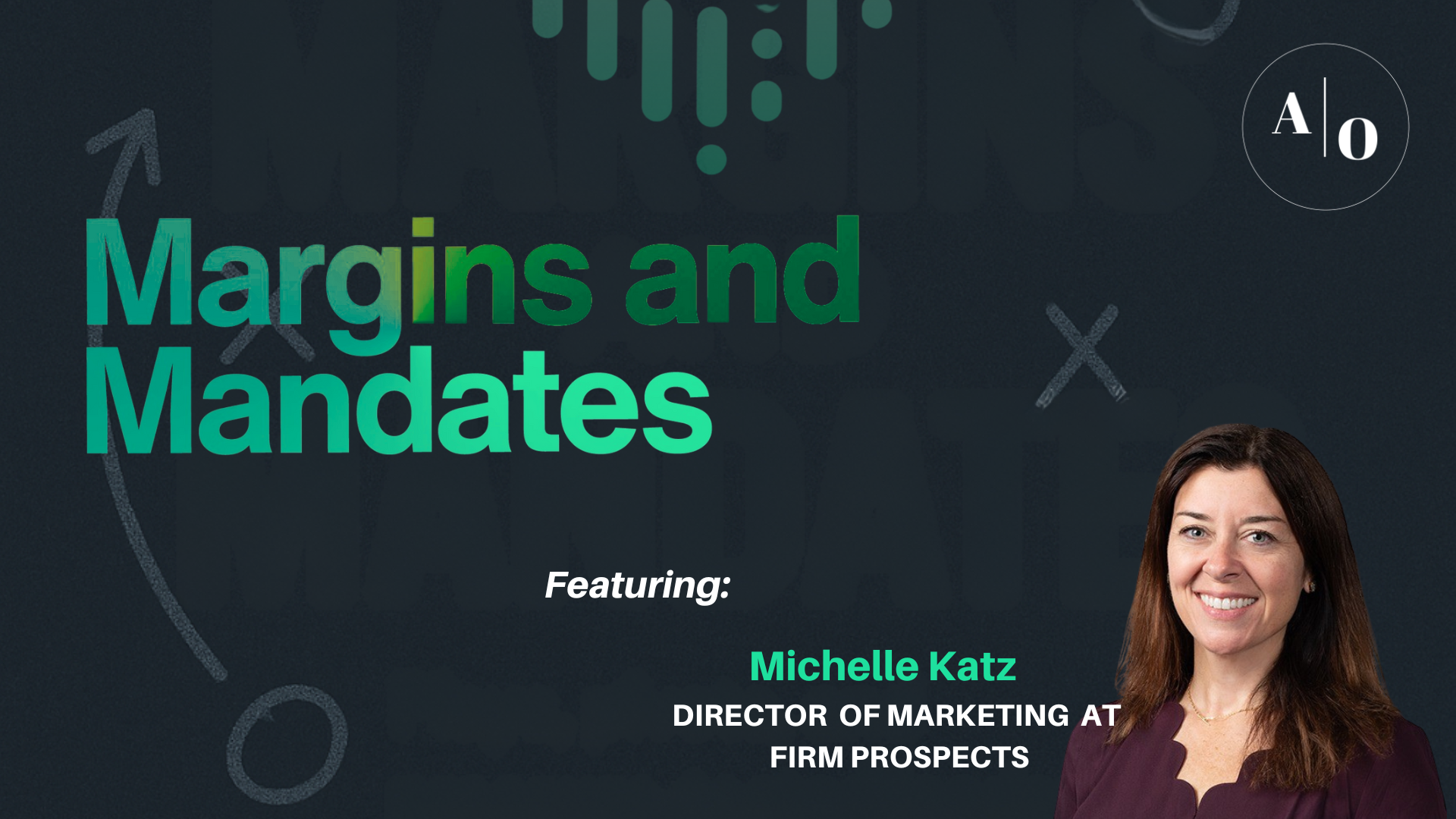Before my first day on the job with my first PE-backed company, the CEO mailed me a copy of The Advantage, by Patrick Lencioni. I was familiar with the author and his more ubiquitous tome, The Five Dysfunctions of the Team. The investors had bought into the concept that “organizational health trumps everything else in the business,” and by association, their newly placed CEO was onboard.
As a management team, we invested heavily in understanding and attempting to optimize the health of the executive team. While I’m not sure that investment was returned as a positive outcome for the investor, I became a believer.
Lencioni posits, “The best competitive advantage any company can have is a well-functioning, high-performing team. No fancy technology, marketing campaign, or strategic brilliance can match the power of a team that is truly aligned, engaged, and firing on all cylinders.”
If you believe this is the case and have taken on initiatives to understand and improve organizational health as a path toward high team performance, this observation posted in HBR will surely resonate.
“High-performing teams aren’t built overnight. They require sustained effort, clear direction, and a commitment to creating an environment where people feel valued, supported, and empowered to do their best work.” – Liz Wiseman, “How to Create a Culture of Psychological Safety for Your Team.”
In this post, we will make the case that operators in modern SaaS organizations today should focus on three foundational elements in building a sustained, high-performance environment. We’ll review them at a high level with deeper dives into each in subsequent posts.

Building a Strong Foundation
It starts with getting the right people on the bus with a diversity of talents, experiences and perspectives placed into strategically aligned goals. Team members must have a clear understanding or their role and contribution to the overall goals of their team and company.
In subsequent posts, we’ll delve into strategic hiring practices outlined in Harvard Business Review’s “The 4 Lenses of Talent Assessment”, ensuring you attract and retain the right talent, individuals who not only possess the necessary skills but also seamlessly integrate into your team’s fabric. We’ll explore effective organizational structures that foster transparency, communication, and collaboration, as championed in “Radical Candor” by Kim Scott.
Fostering a Growth Mindset
Much has been written about the “Growth Mindset” based on the popularity of Carol Dweck’s “Mindset”. In our world, stagnation is synonymous with decline. Organizations must nurture a culture of continuous learning and development while encouraging feedback and mentorship. This concept advocated by Lencioni empowers teams to push boundaries and reach new heights.
We’ll drill down and provide actionable advice for fostering this mindset and building organizational resiliency that rewards adaptability and perseverance in the face of challenges.
Establishing a Winning Culture
A team’s spirit is its lifeblood from which energy and will to succeed are drawn. Hanging physical and virtual placards with company mission and value statements is not enough. Demonstrating and rewarding behaviors that fortify those values is the key. Some key attributes of a winning culture include:
- Sense of Belonging: Feeling valued and connected fosters collaboration and trust
- Shared Purpose: A unifying vision inspires commitment and collective effort
- Celebration of Success: Recognizing and rewarding achievements boosts morale and motivation
- Learning from Failure: Viewing setbacks as opportunities for growth strengthens team
In subsequent posts, we’ll guide you in defining your company values and mission, creating a shared vision that unites your team, similar to the approach outlined in “Start with Why” by Simon Sinek. We’ll explore strategies for recognizing and rewarding desired behaviors, fostering a positive and engaging work environment, and building an unshakeable sense of camaraderie, drawing inspiration from “The Culture Code” by Daniel Coyle.
Takeaways
Remember, building a high-performing team is not a one-time event; it’s a continuous journey. Stay tuned for our upcoming articles, where we’ll dive deeper into each of these crucial aspects, equipping you with the tools and knowledge to unlock your team’s true potential.
References
¹ McKinsey & Company, “Why Talent Acquisition Matters” (2023), https://www.mckinsey.com/sg/our-insights/getting-the-talent-strategy-right-critical-factors-for-new-businesses
² Patrick Lencioni, “Teamwork Makes the Dream Work: The Power of Having (and Sharing) a Vision” (2015)
³ Carol Dweck, “Mindset: The New Psychology of Success” (2006)
⁴ Harvard Business Review, “The Neuroscience of Why Some Companies Are Better at Change Than Others” (2020)
The text “Start with Why” is a book written by Simon Sinek.
“The Culture Code” by Daniel Coyle
